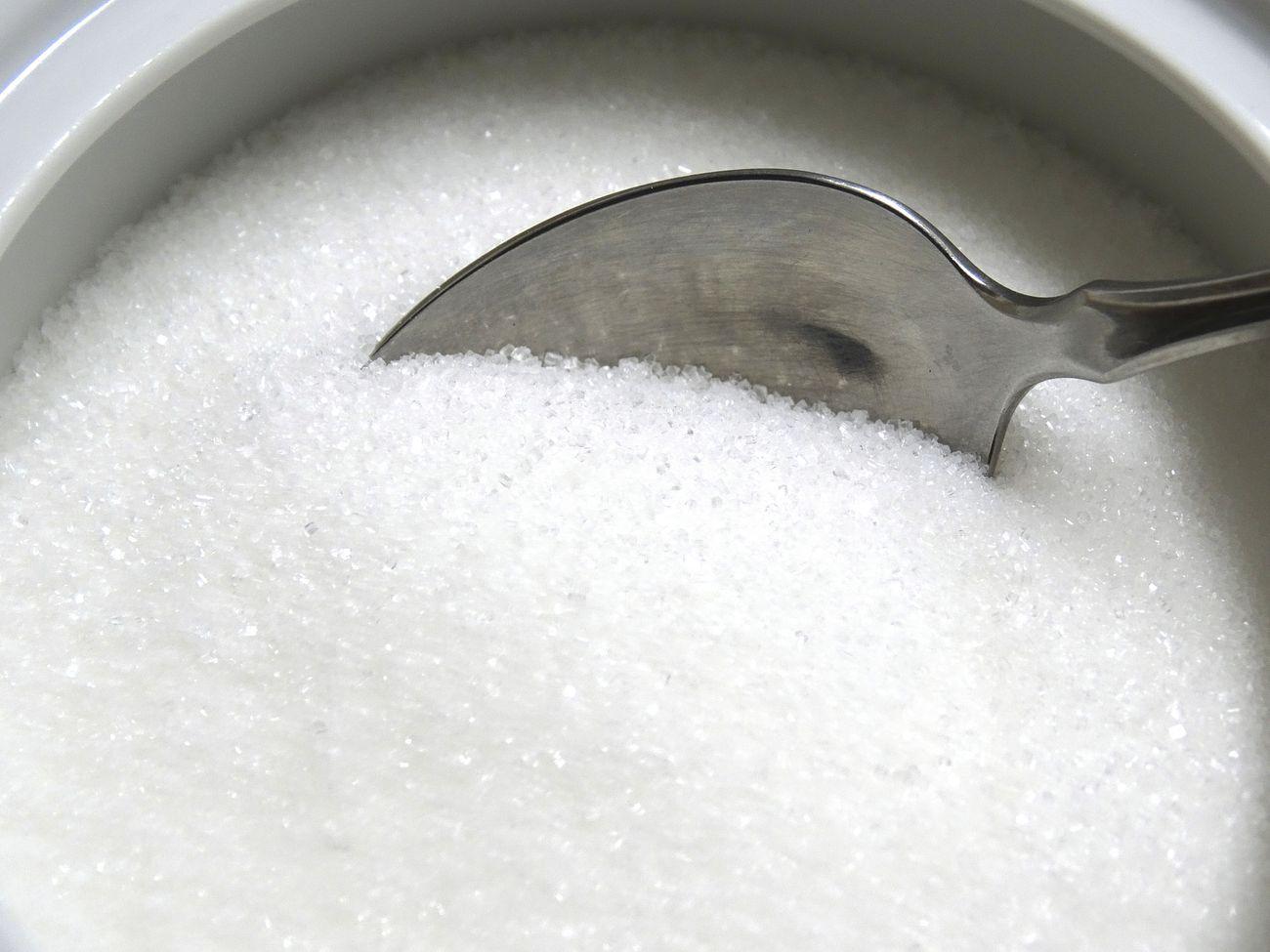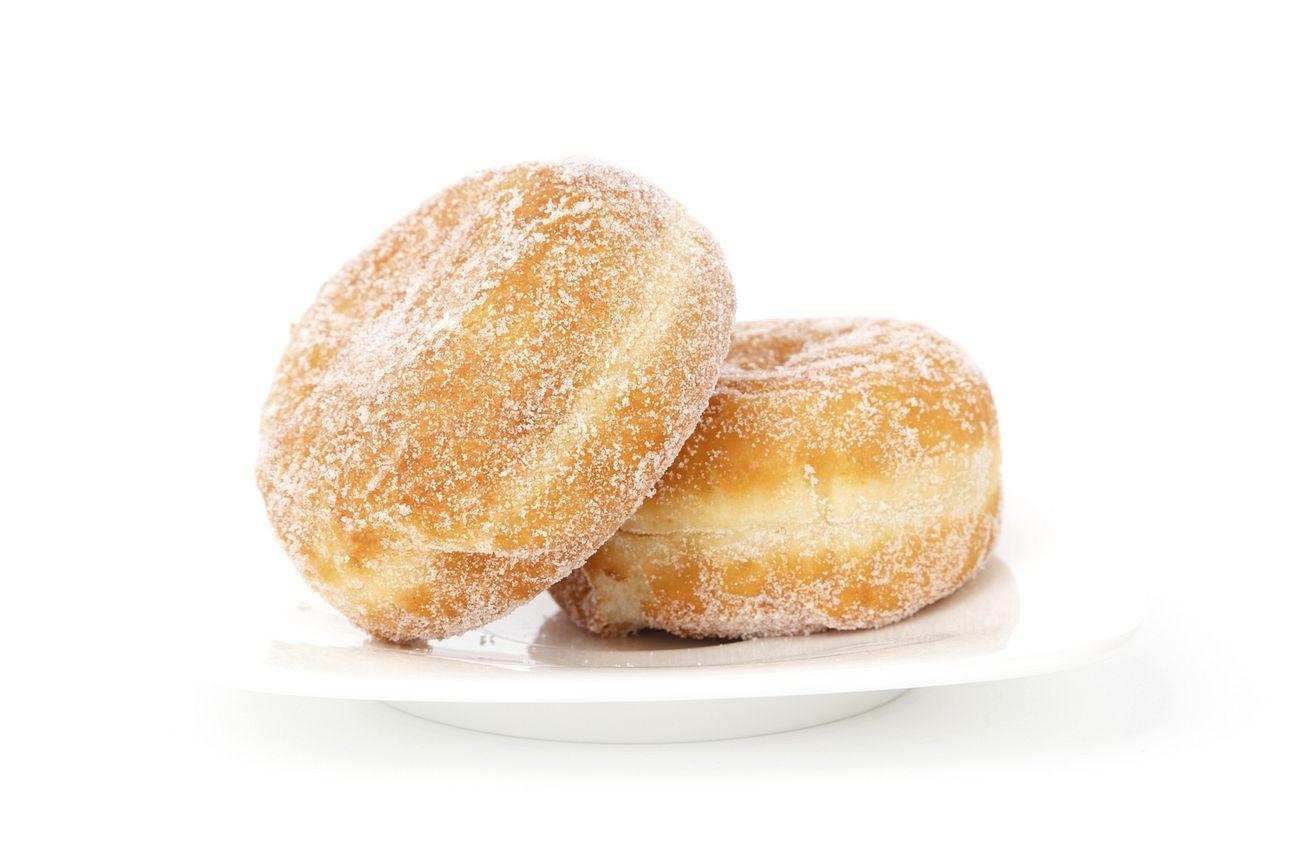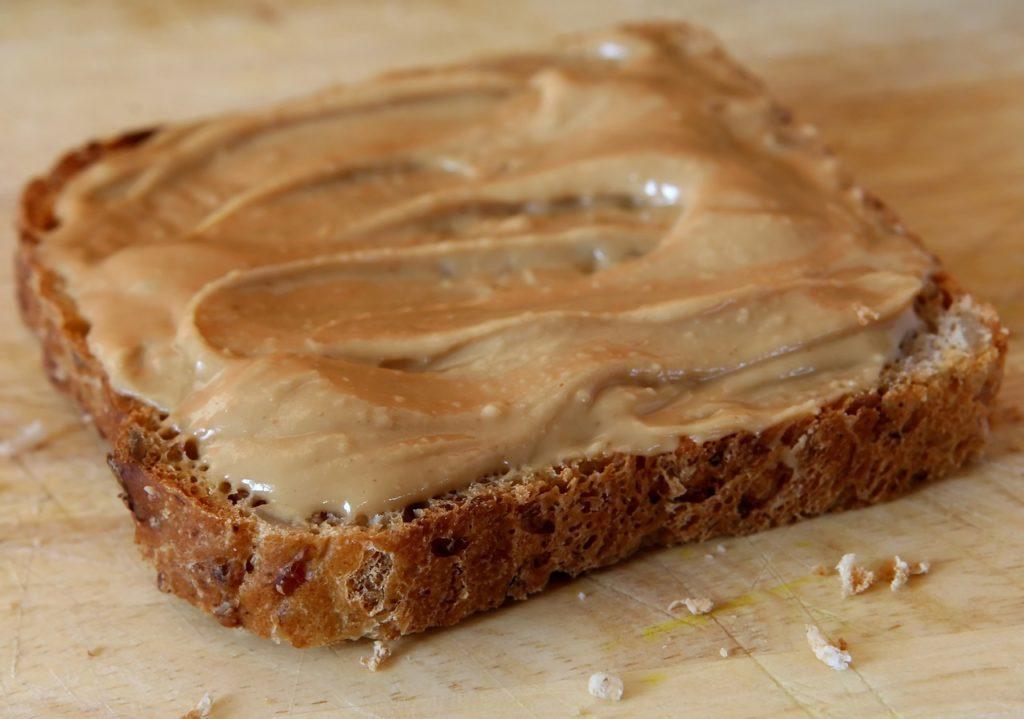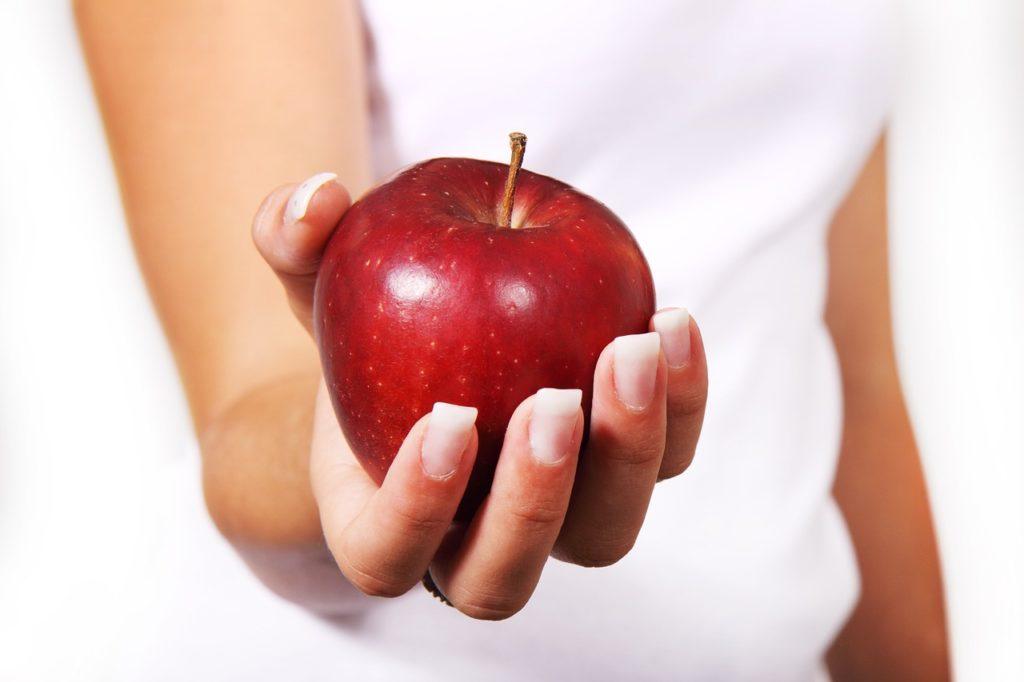Tips to Reduce Sugar in Your Diet by Cutting Down on Added Sugar
Sugar has become a significant part of our modern diet. From the sweet desserts to the sugary drinks, it seems like we can’t get enough of it. However, consuming too much sugar can have detrimental effects on our health. It can lead to obesity, type 2 diabetes, and other chronic diseases. That’s why it’s important to be mindful of the amount of sugar we consume and take steps to reduce sugar in our diets.
The Effects of Too Much Sugar

Consuming excessive amounts of sugar can have numerous negative effects on our health. One of the most significant consequences of high sugar intake is weight gain and obesity. Sugar is high in calories and offers little to no nutritional value, which means that it can contribute to excess calorie consumption and weight gain. Furthermore, sugar has been linked to an increased risk of developing type 2 diabetes, heart disease, and certain types of cancer. It can also lead to tooth decay and poor oral health.
How to Cut Down on Sugar in Your Diet
Recommended Sugar Amounts
Before we can talk about how to reduce sugar, we should set a goal for ourselves. What is too much sugar?
The American Heart Association recommends that men consume no more than 9 teaspoons (36 grams) of added sugar per day, and women should limit their intake to 6 teaspoons (24 grams) per day.

Identifying Hidden Sugar Sources
Added sugar can be found in many processed and packaged foods, often under different names. It is important to be aware of the various terms used to describe sugar on food labels. Some common names for added sugar include sucrose, glucose, fructose, corn syrup, maltose, and dextrose. By familiarizing ourselves with these names, we can become better at identifying hidden sources of sugar in our diet and make informed choices.

Adopting an Add, Not Subtract Mentality
When it comes to reducing sugar in our diet, it’s all about adopting the right mindset. Instead of focusing on what we need to cut out, we can shift our focus towards adding healthier options. By incorporating more whole foods like fruits, vegetables, and whole grains into our diet, we can naturally sweeten our meals without relying on excessive added sugars. This approach allows us to enjoy our food while reducing our sugar intake.

Clearing Out Tempting Sugary Foods
One of the first steps in cutting down on sugar is to clear out our pantry and fridge of tempting sugary foods. This includes getting rid of sugary cereals, cookies, candies, and other processed snacks. By removing these temptations from our environment, we eliminate the constant reminder of sugary treats and make it easier to stick to our sugar reduction goals.
Also, many processed snack foods marketed as “healthy” or “natural” can still be high in added sugars. Granola bars, protein bars, and fruit snacks are just a few examples of these seemingly healthy snacks that can pack a sugary punch. It’s important to read the nutrition labels and choose snacks that are low in added sugars or make our own homemade snacks using wholesome ingredients.

Treating Yourself Moderately
Reducing sugar doesn’t mean completely eliminating all sweet treats from our lives. It’s important to treat ourselves occasionally and enjoy the foods we love in moderation. By allowing ourselves small indulgences from time to time, we can satisfy our cravings without derailing our sugar reduction efforts.

Fighting Sugar Cravings
Sugar cravings can be intense, but there are ways to manage them. One effective strategy is to include protein, healthy fats, and fiber in our meals, as these nutrients help keep us feeling satisfied and reduce cravings. Additionally, staying hydrated and getting enough sleep can also help curb sugar cravings. Engaging in stress-reducing activities like yoga or meditation can also be beneficial in preventing cravings triggered by emotional eating.

DIY Herbal Tea to Reduce Cravings
Another way to combat sugar cravings is by brewing a homemade herbal tea. Certain herbs like chamomile, peppermint, and licorice root can naturally sweeten the tea and create a pleasant flavor that can help satisfy our cravings for something sweet. By opting for herbal tea instead of sugary snacks, we can reduce our sugar intake while still indulging in a comforting treat.

In Conclusion
Reducing added sugar in our diet is crucial for maintaining a healthy lifestyle. Excessive sugar consumption can lead to weight gain, obesity, and various chronic diseases. By being mindful of the amount of added sugar in our meals and snacks, we can take steps to cut back on sugar and improve our overall health. From adopting an approach of adding healthier options to our diet, clearing out tempting sugary foods, and reading labels to identify hidden sources of sugar, there are numerous strategies we can implement to reduce our sugar intake.

Additional Resources for Reducing Sugar Intake
If you’re looking for more information on reducing sugar in your diet, there are plenty of resources available. Websites like the American Heart Association and the CDC offer guidelines and tips for reducing added sugar intake. Additionally, consulting with a registered dietitian can provide personalized guidance and support on your sugar reduction journey.

Pingback: Quench Your Thirst with a Sparkling Homemade Lemon-Lime Soda Delight!
Pingback: The Impact of Sugar on Gut Health